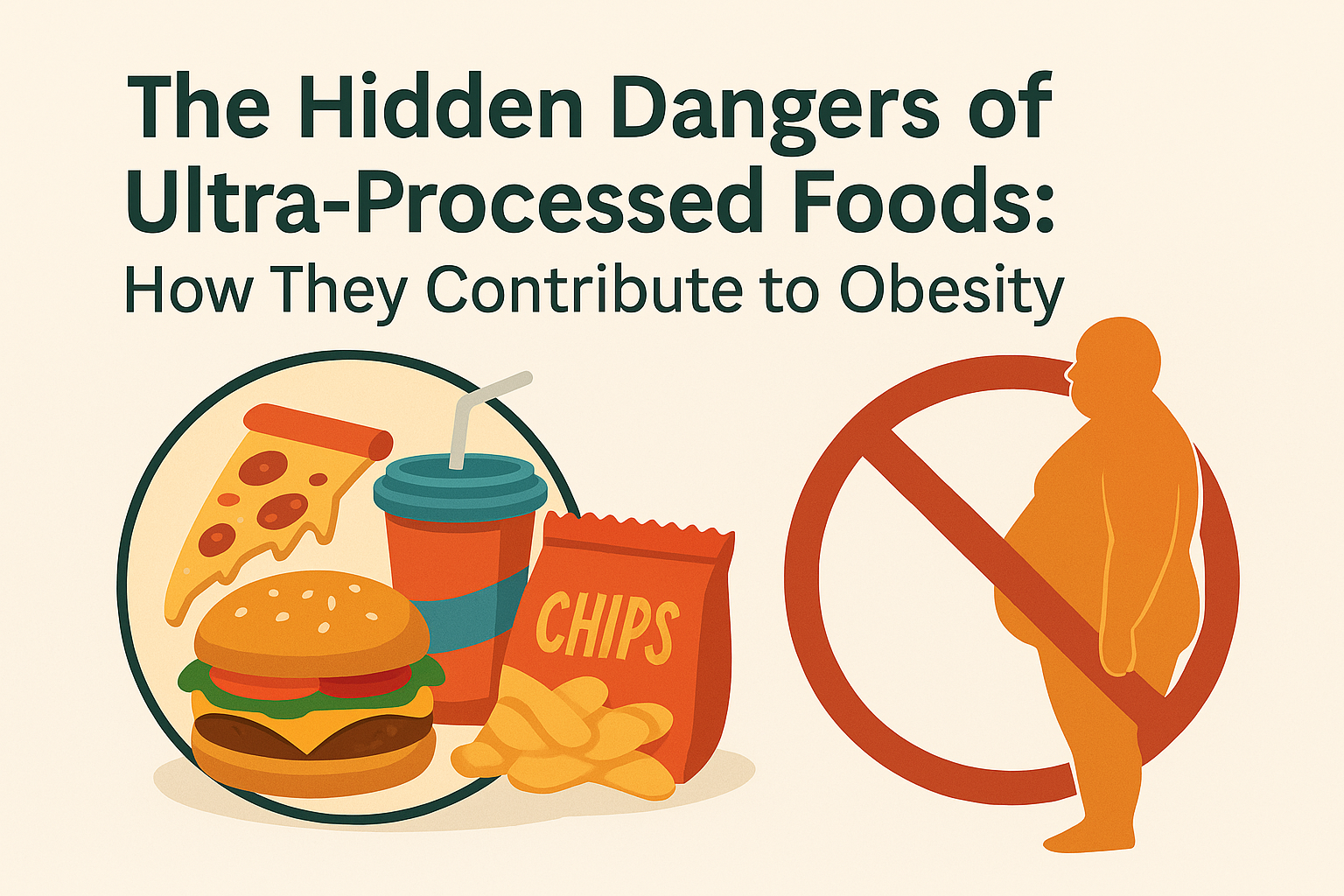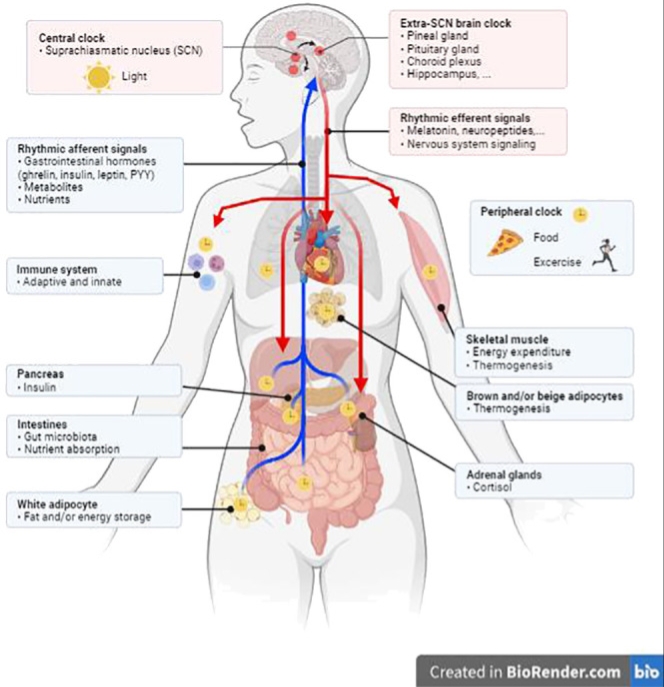Understanding Body Fat: It’s Not Just About Looks
Body fat often gets a
bad reputation—especially when it accumulates in stubborn areas like the belly or thighs. But
fat is far more than just stored energy. It’s an active organ that plays crucial roles
in:
Fat cells can expand in size and, in some cases, multiply—especially during childhood and
adolescence. Once we reach adulthood, fat cell numbers remain relatively stable unless
significant weight gain occurs.
The Problem with Excess Fat
When fat cells grow too
large (due to prolonged calorie surplus), they can::
Different Types of Fat: Not All Are Created Equal
Fat comes in several
forms, each with unique functions:
Type
Function
Health Impact
Brown Fat
Burns calories for heat
Higher in lean individuals; helps regulate body temperature
White Fat
Stores energy, secretes hormones
Excess leads to metabolic dysfunction
Beige Fat
Can act like brown fat when activated (e.g., by cold exposure)
Potential target for obesity treatment
Essential Fat
Critical for organ function, hormone production
Too little (< 5% in men, < 10% in women) disrupts health

Where Fat is Stored Matters
Some studies suggesting overweight may be protective often fail to:
How to Measure Body Fat (Beyond BMI)
BMI is a common but flawed tool—it doesn’t distinguish between fat and muscle. Better
alternatives include:
The Truth About "Healthy Obesity"
Some studies suggest
overweight people may live longer, but this is often due to flawed methodology:
How to Reduce Dangerous Fat (Especially Belly Fat)
Spot reduction is a myth, but these strategies work:
✅ Strength training (preserves muscle while losing fat)
✅ High-fiber, protein-rich diet (reduces visceral fat accumulation)
✅ Sleep & stress management (high cortisol promotes belly fat)
✅ Avoid sugary drinks (strongly linked to abdominal obesity)
Even Small Changes Make a Difference
Losing just 5-10% of body weight can:
Key Takeaways











